Reptiles have become increasingly popular pets in recent years, with their exotic appeal and relatively low maintenance requirements attracting apartment dwellers who might not have space for traditional pets. However, keeping scaled companions in rental properties comes with unique considerations. From navigating lease agreements to managing space limitations and addressing concerns about noise and safety, reptile enthusiasts in apartments face distinct challenges. This comprehensive guide explores the various aspects of keeping reptiles in apartment settings, providing practical advice for creating a harmonious living situation for you, your reptilian friend, and your neighbors.
Understanding Apartment Lease Restrictions
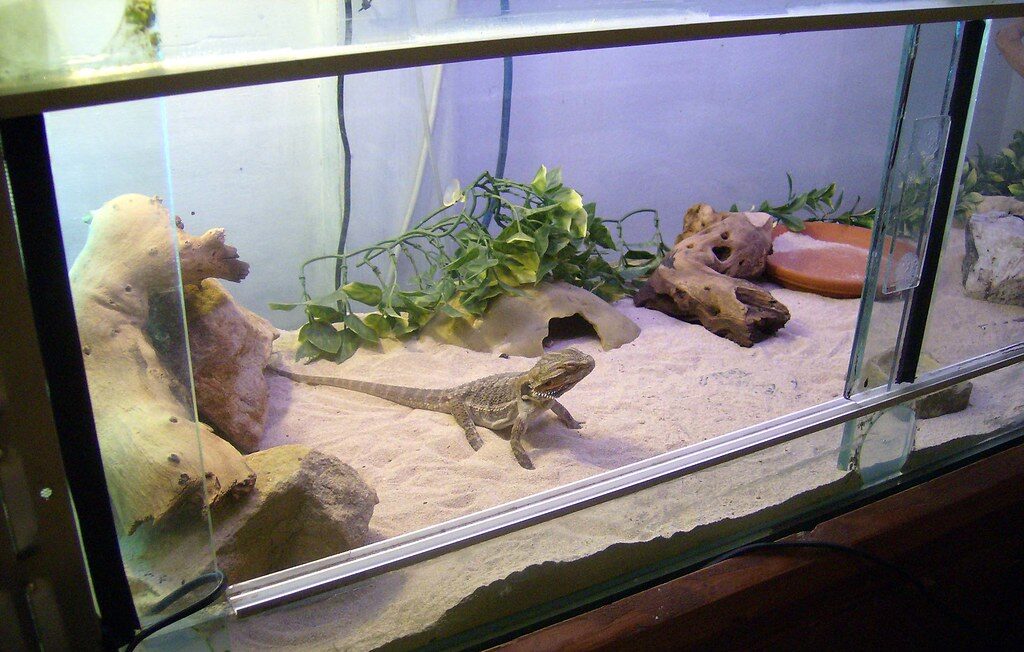
Apartment leases often contain specific language regarding permitted pets, and many don’t explicitly address reptiles. This gray area can work both for and against reptile owners. Some landlords may have blanket “no pets” policies that technically include reptiles, while others might have specific clauses prohibiting “exotic animals” or listing permitted animals without including reptiles. Before bringing a reptile home, thoroughly review your lease agreement and look for terms like “exotic pets,” “terrarium animals,” or specific mentions of snakes, lizards, or turtles. It’s always better to seek written permission rather than assuming reptiles are allowed because they aren’t explicitly forbidden. Many tenants have faced eviction notices after landlords discovered undisclosed reptile pets, regardless of how well-maintained they were.
Communicating with Landlords About Reptile Pets

Open communication with your landlord can prevent misunderstandings and potential lease violations. When discussing your desire to keep a reptile, come prepared with information about the specific species, its care requirements, containment methods, and why it makes a suitable apartment pet. Address common concerns proactively, such as explaining that most reptiles are silent, don’t cause property damage, don’t produce dander that damages carpets or air systems, and are always contained in secure enclosures. Consider offering an additional pet deposit to ease concerns about potential damage, and suggest periodic inspections to demonstrate responsible pet ownership. Many landlords become more amenable once educated about the differences between reptiles and traditional pets like cats and dogs.
Choosing Apartment-Friendly Reptile Species
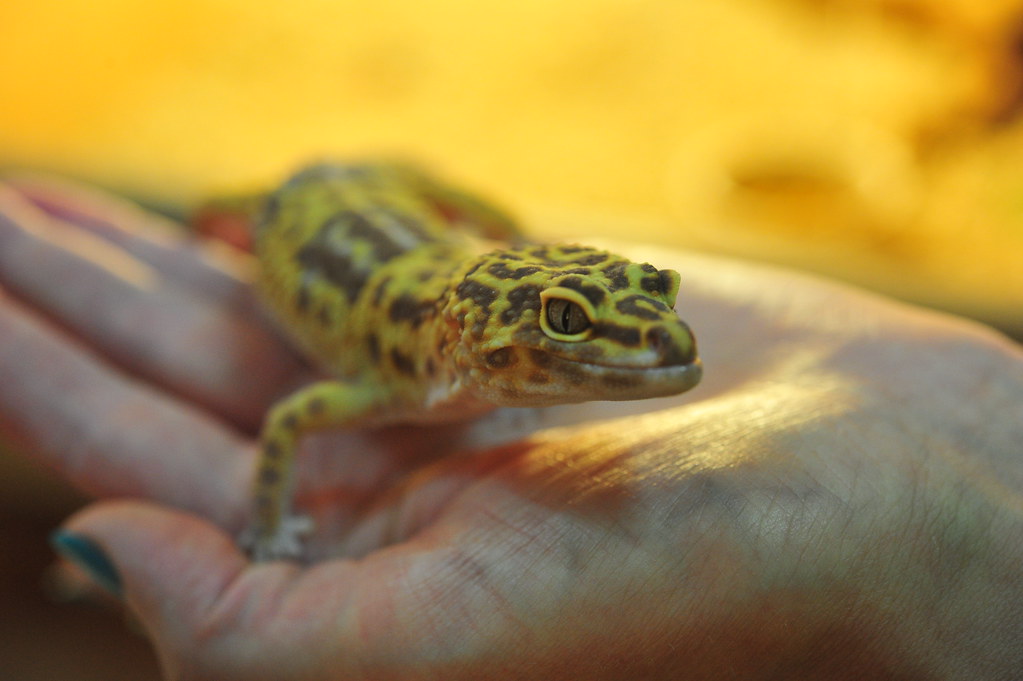
Not all reptiles are well-suited for apartment living, so species selection is crucial for success. Smaller species that require less space, produce minimal waste, and have simple care requirements make ideal apartment companions. Leopard geckos, crested geckos, and corn snakes are excellent choices due to their manageable size, straightforward habitat needs, and generally docile temperaments. Ball pythons, while slightly larger, remain relatively small (typically 3-5 feet as adults) and are known for their calm disposition. Bearded dragons, despite requiring larger enclosures, are popular apartment pets due to their engaging personalities and manageable care requirements. Avoid species known for their size, specialized care needs, or potential for aggressive behavior, such as monitor lizards, large constrictors, or crocodilians, which are inappropriate for apartment settings and often illegal without permits.
Space Considerations for Reptile Enclosures
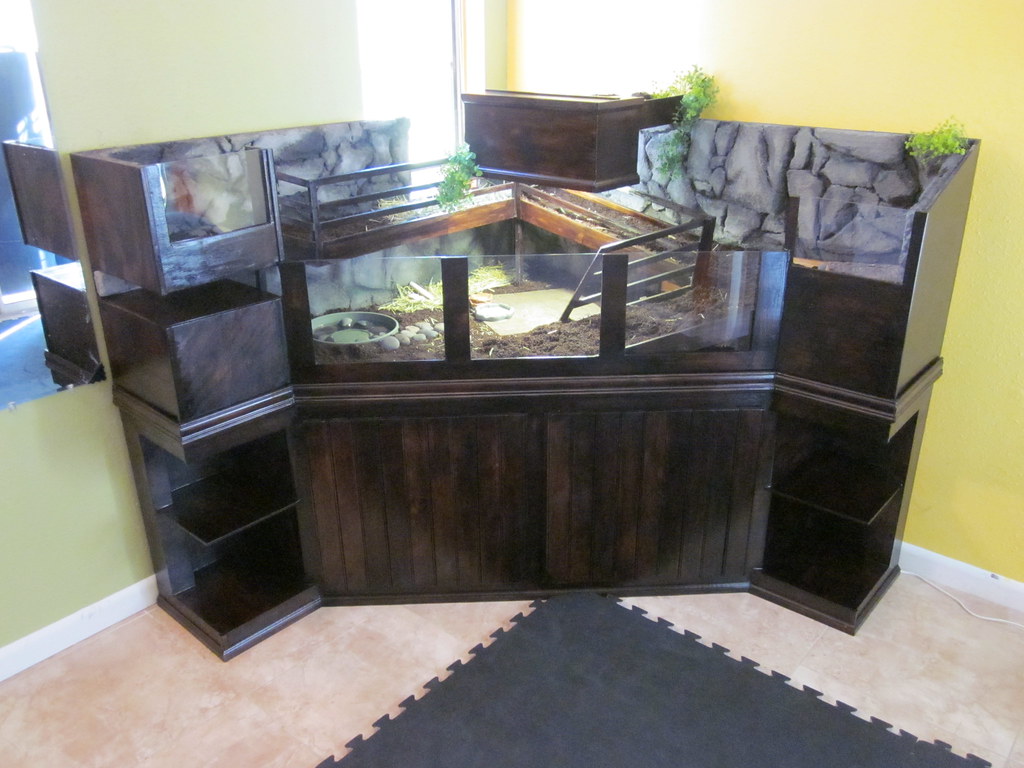
Apartment living means working with limited square footage, making strategic enclosure placement essential. Before acquiring a reptile, measure your available space and research the adult size requirements for your chosen species, as many reptiles need larger habitats as they mature. Consider vertical enclosures for arboreal species like crested geckos, which can maximize your use of height rather than floor space. Multi-purpose furniture, such as enclosures built into entertainment centers or coffee tables with terrarium bases, can integrate reptile habitats into your living space without sacrificing functionality. Remember that enclosures need accessibility for cleaning and maintenance, so allow for doors to open fully and ensure you have room to work around the habitat. The enclosure location should also consider temperature regulation, avoiding direct sunlight, drafts, or proximity to heating and cooling vents that could create dangerous temperature fluctuations.
Managing Noise Concerns with Reptile Pets
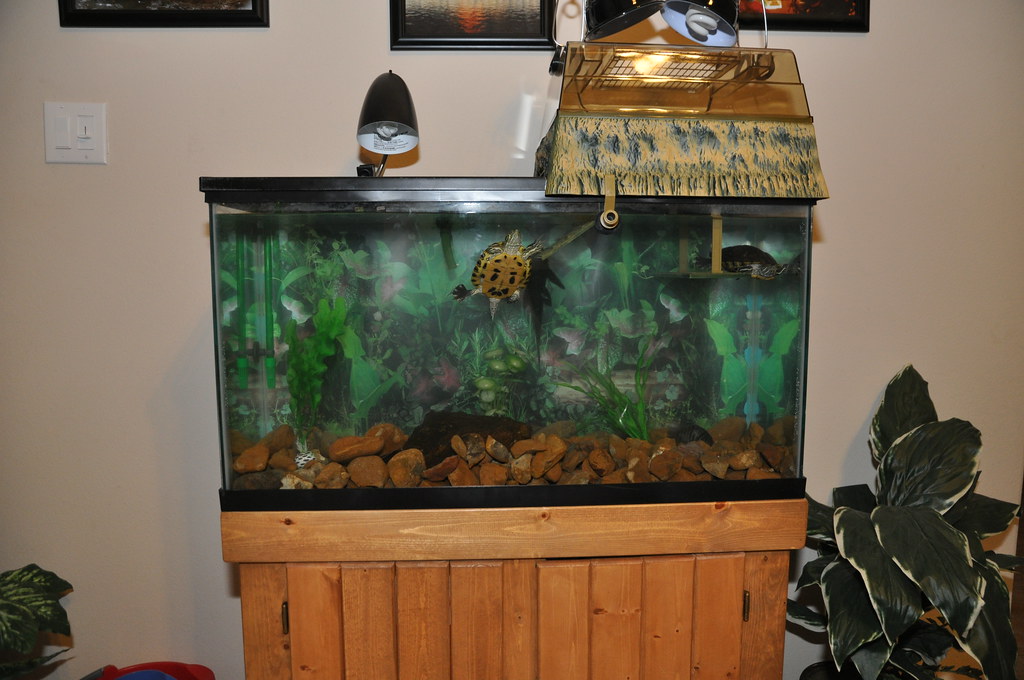
One significant advantage of reptiles as apartment pets is their generally silent nature, making them ideal neighbors in close-quarters living situations. Unlike barking dogs or meowing cats, most reptiles make little to no vocalization that could disturb neighbors. However, some equipment associated with reptile care can create noise concerns. Certain water pumps for aquatic species, ventilation fans, or loose heat lamps might produce vibrations or humming sounds that could transmit through walls or floors. To minimize potential noise issues, place enclosures away from shared walls when possible, use rubber mats under habitats to dampen vibrations, and invest in quality equipment designed for quiet operation. Regularly maintain all equipment, tightening loose components and lubricating moving parts to prevent unnecessary noise development that might disturb your neighbors or yourself.
Addressing Odor Control in Small Spaces

Proper odor management is essential when keeping reptiles in apartments where air circulation may be limited. Contrary to popular belief, properly maintained reptile enclosures should not emit strong odors detectable beyond their immediate vicinity. Establish a consistent cleaning schedule appropriate for your specific reptile—for example, spot-clean reptile droppings daily and perform a more thorough substrate change weekly or monthly depending on the species and enclosure size. Select appropriate substrates that help control odors naturally, such as cypress mulch or reptile-specific bedding designed for odor absorption. For particularly sensitive situations, consider reptile-safe deodorizing products specifically designed for terrariums, but avoid air fresheners or scented products near enclosures as these can be harmful to reptiles’ sensitive respiratory systems. Proper ventilation within the enclosure itself helps prevent humidity-related odors, but take care not to compromise the temperature and humidity requirements specific to your reptile species.
Safety and Escape Prevention Measures
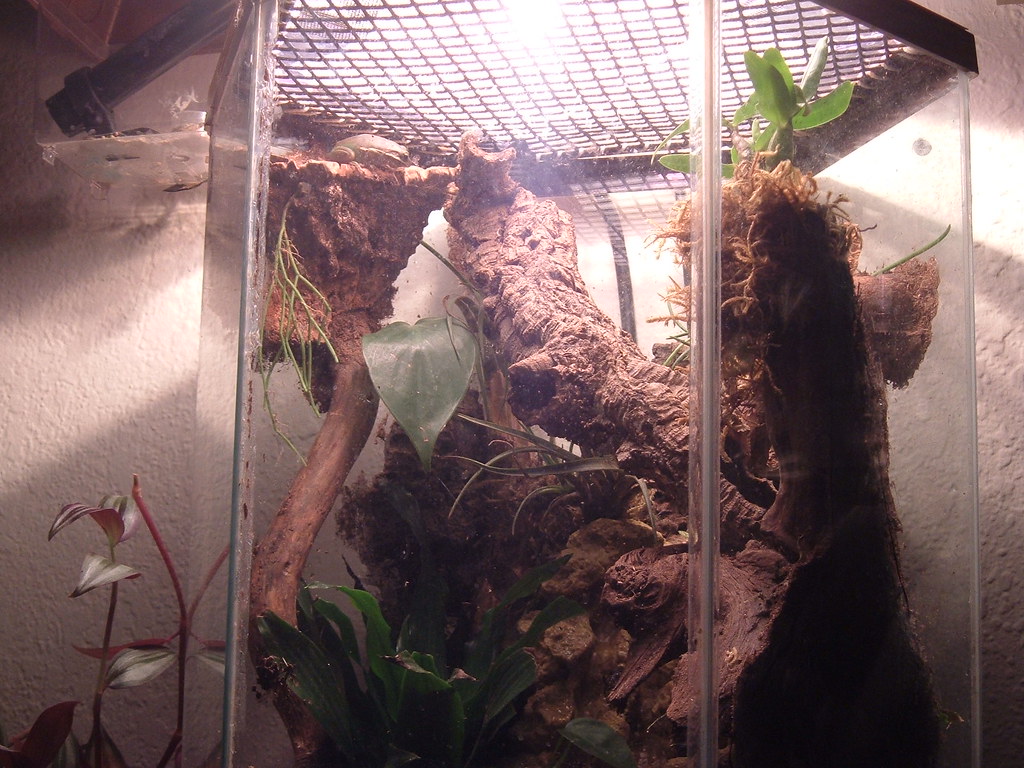
Ensuring your reptile remains securely contained is absolutely critical in apartment settings, as escapes can lead to lost pets, frightened neighbors, and potential lease violations. Invest in high-quality enclosures with secure locks or latches that cannot be pushed open by strong reptiles—many species, particularly snakes, are surprisingly adept at exploiting weak points in their habitats. Regularly inspect enclosures for potential escape routes, paying special attention to areas where cords or tubes enter the habitat, damaged seals, or loose fittings. Consider secondary containment measures such as keeping habitats in rooms that can be closed off when you’re not home, or using lock hasps on enclosures that house particularly escape-prone species. For added security, microchipping larger reptiles has become more common, making recovery more likely if an escape does occur. Having a well-practiced plan for safely retrieving your reptile is also important, including having catch tools, appropriate gloves, and containment boxes readily available.
Managing Electricity and Utility Costs
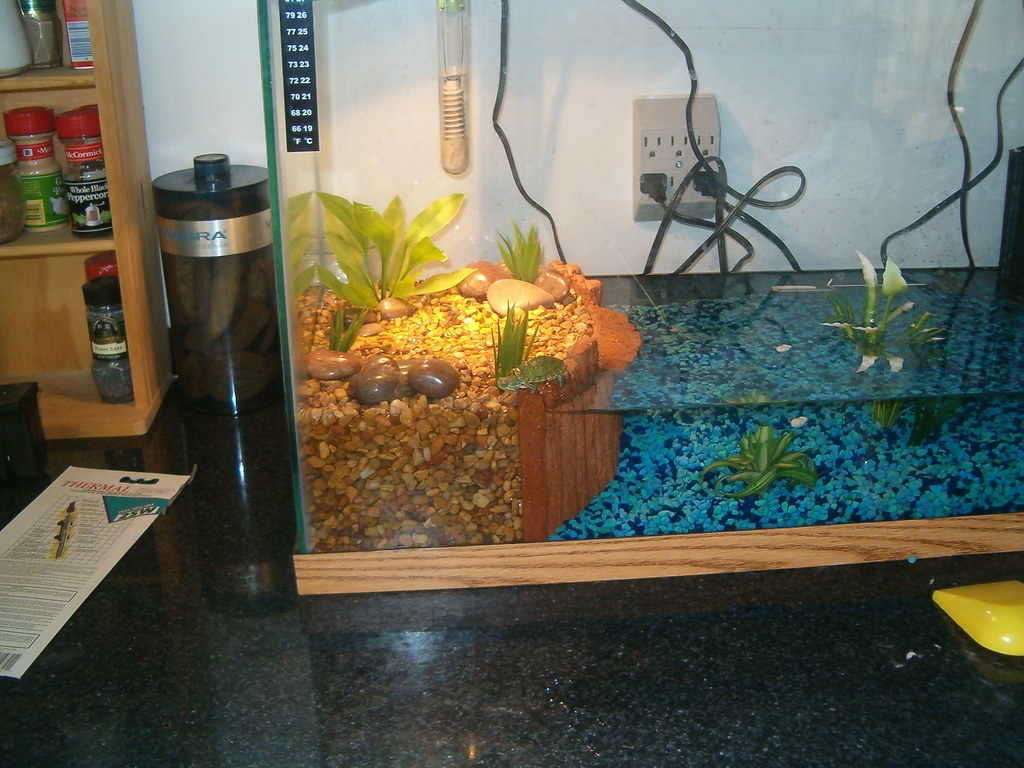
Reptiles require specific environmental conditions maintained through heating elements, UV lighting, and sometimes humidity controllers—all of which consume electricity and can impact your utility bills in an apartment setting. To manage costs effectively, invest in quality thermostats and timers that prevent overheating and unnecessary operation of equipment. LED and modern UVB bulbs typically use less electricity than older lighting technologies while providing appropriate spectrum light for reptiles. Consider energy-efficient heating options like radiant heat panels or heat tape instead of high-wattage heat lamps where appropriate for your species. Track your energy consumption before and after adding a reptile to understand the actual impact on your bills, which helps with budgeting and identifying potential equipment issues. Some reptile keepers reduce costs by creating day/night temperature gradients that align with natural conditions while requiring less heating during nighttime hours.
Dealing with Neighbor Concerns and Misconceptions
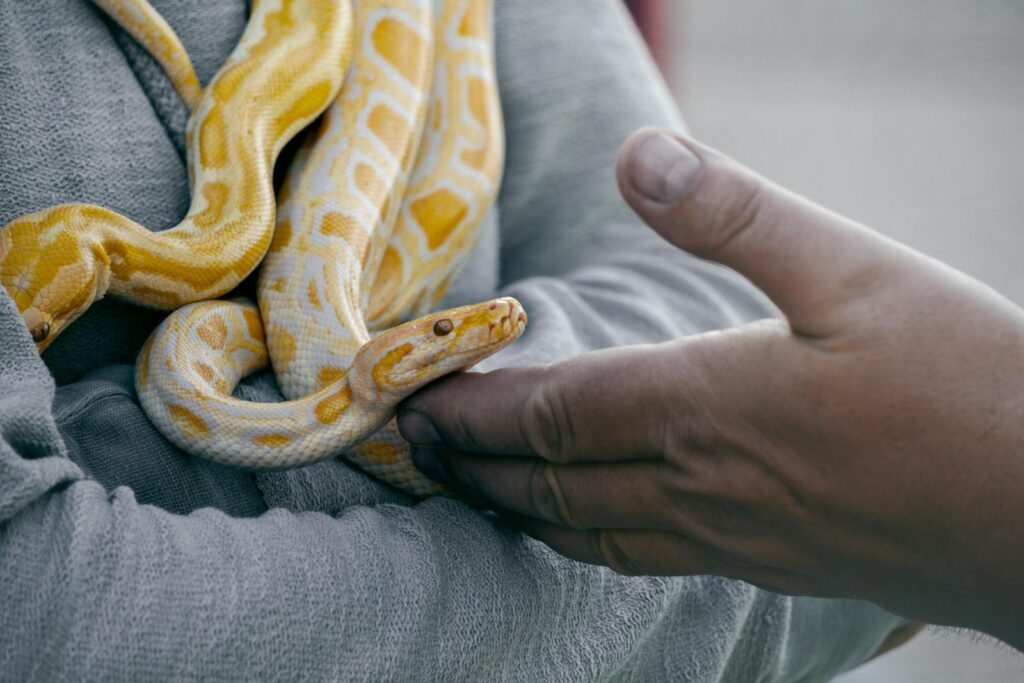
Living in close proximity to others means potentially navigating misconceptions and fears about reptile pets, which can sometimes lead to complaints to management. Proactively address potential concerns by being discreet when transporting your reptile in common areas, particularly if you have species that might trigger phobias in others. If neighbors express interest, consider controlled introductions to your well-behaved reptile, which can help dispel myths and build understanding about these often misunderstood animals. Maintain open communication with neighbors who may have legitimate concerns, addressing issues like feeding practices (some neighbors may be uncomfortable knowing live feeding occurs nearby) by adjusting your routines to be more private. Educational approaches often work best—offering factual information about your specific species’ behavior, safety mechanisms, and the benefits of reptiles can transform concerned neighbors into interested supporters. Remember that respect for others’ comfort levels helps maintain a positive community environment, even if you don’t agree with their perceptions of reptiles.
Feeders and Food Storage Solutions
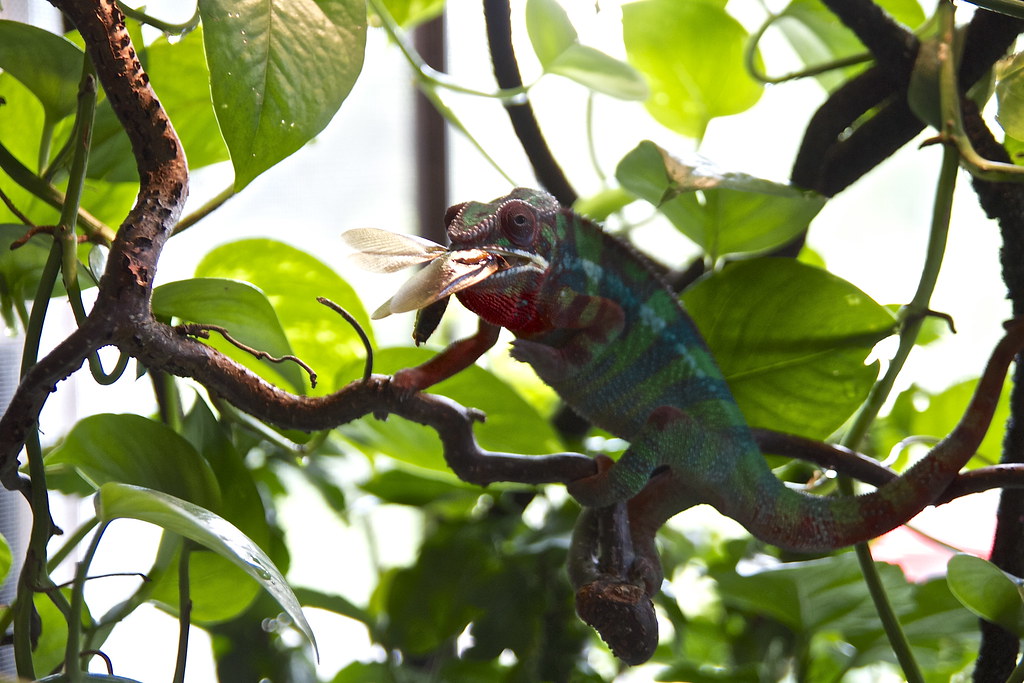
Feeding reptiles in apartments presents unique challenges, particularly for species requiring live food items that need their own housing and care. Designate a specific, discreet area for housing feeder insects like crickets, mealworms, or dubia roaches, using escape-proof containers with secure lids. For apartment dwellers concerned about noise, dubia roaches make excellent silent feeders compared to chirping crickets. Consider alternative feeding options where appropriate for your species, such as pre-killed or frozen-thawed prey for carnivorous reptiles, which eliminates the need to house live rodents and the associated odors or sounds. Maintain a dedicated mini-refrigerator or clearly separated container for storing reptile food items, keeping them well away from human food to maintain proper hygiene and prevent cross-contamination. Establish a regular feeding schedule that works with your apartment lifestyle, considering factors like roommate comfort levels and creating private feeding environments for reptiles that might become more active or aggressive during feeding times.
Emergency Preparedness for Apartment Reptile Keepers
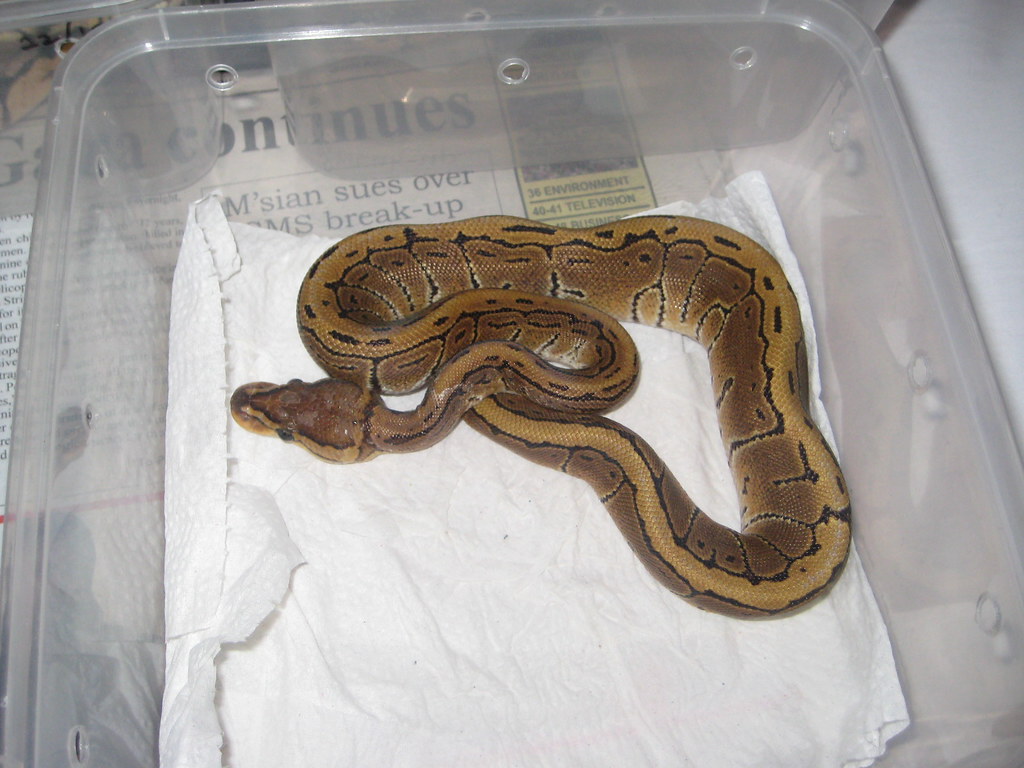
Apartment living comes with unique emergency considerations for reptile owners, particularly during situations like mandatory evacuations, power outages, or maintenance issues. Create an emergency kit specifically for your reptile, including portable heating options (battery-operated heat packs or hand warmers), temporary enclosures like secure plastic containers with ventilation, several days’ worth of food, and printed care instructions. Identify reptile-friendly evacuation options in advance, as many emergency shelters do not accept reptiles—research hotels with pet-friendly policies that don’t exclude reptiles or arrange potential temporary housing with friends or family. For apartment-specific emergencies like maintenance visits, have a plan for securing your reptile during these times, using lockable enclosures or temporary relocation to rooms that won’t need access. Establish relationships with nearby reptile keepers or herpetological societies who might provide emergency assistance or temporary housing during apartment-specific crises.
Legal Considerations Beyond Landlord Rules

Beyond apartment lease restrictions, reptile keepers must navigate various legal frameworks that may impact their choice of species. Many municipalities, counties, and states have regulations regarding reptile ownership, particularly for species considered potentially dangerous or invasive. Research local exotic pet ordinances before acquiring any reptile, as these laws may prohibit certain species regardless of what your lease allows. Some localities require permits or registration for particular reptile species, while others have blanket bans on entire categories like venomous reptiles or large constrictors. Understand that legal regulations can change, sometimes prompted by unfortunate incidents that lead to reactive legislation against exotic pet keeping. Maintain documentation of legal acquisition, particularly for species regulated under the Convention on International Trade in Endangered Species (CITES), as proper provenance documentation may be required if your reptile ownership is ever questioned. Responsible reptile keepers stay informed about both current and proposed regulations that might affect their pets.
Creating a Reptile-Friendly Apartment Community

Building positive relationships within your apartment community can significantly improve the reptile-keeping experience while potentially paving the way for more reptile-friendly policies. Consider organizing educational events with landlord permission, such as “meet the reptile” sessions where neighbors can learn about these animals in a controlled, positive environment. Document your responsible reptile keeping with photos and maintenance records, which can serve as evidence of your pet’s suitability for apartment living if questions arise. Connect with other reptile keepers in your building or complex to share resources, emergency backup plans, or even to advocate collectively for clearer pet policies that reasonably accommodate reptiles. Offer to help develop fair reptile policies if your building is revising its pet rules, suggesting reasonable restrictions based on size, species-specific considerations, and containment requirements rather than blanket prohibitions. By demonstrating that reptile owners can be model tenants, you help create more opportunities for responsible reptile keeping in rental communities.
Successfully keeping reptiles in apartments requires thoughtful planning, open communication, and responsible pet ownership practices. While challenges exist, the rewards of reptile companionship can be well worth the effort for apartment dwellers who properly prepare. By selecting appropriate species, creating efficient habitat solutions, addressing potential concerns proactively, and respecting both legal requirements and community standards, reptile enthusiasts can create thriving environments for their scaled companions even within the constraints of apartment living. As appreciation for these fascinating animals continues to grow, so too may acceptance of them as ideal pets for space-limited living situations.

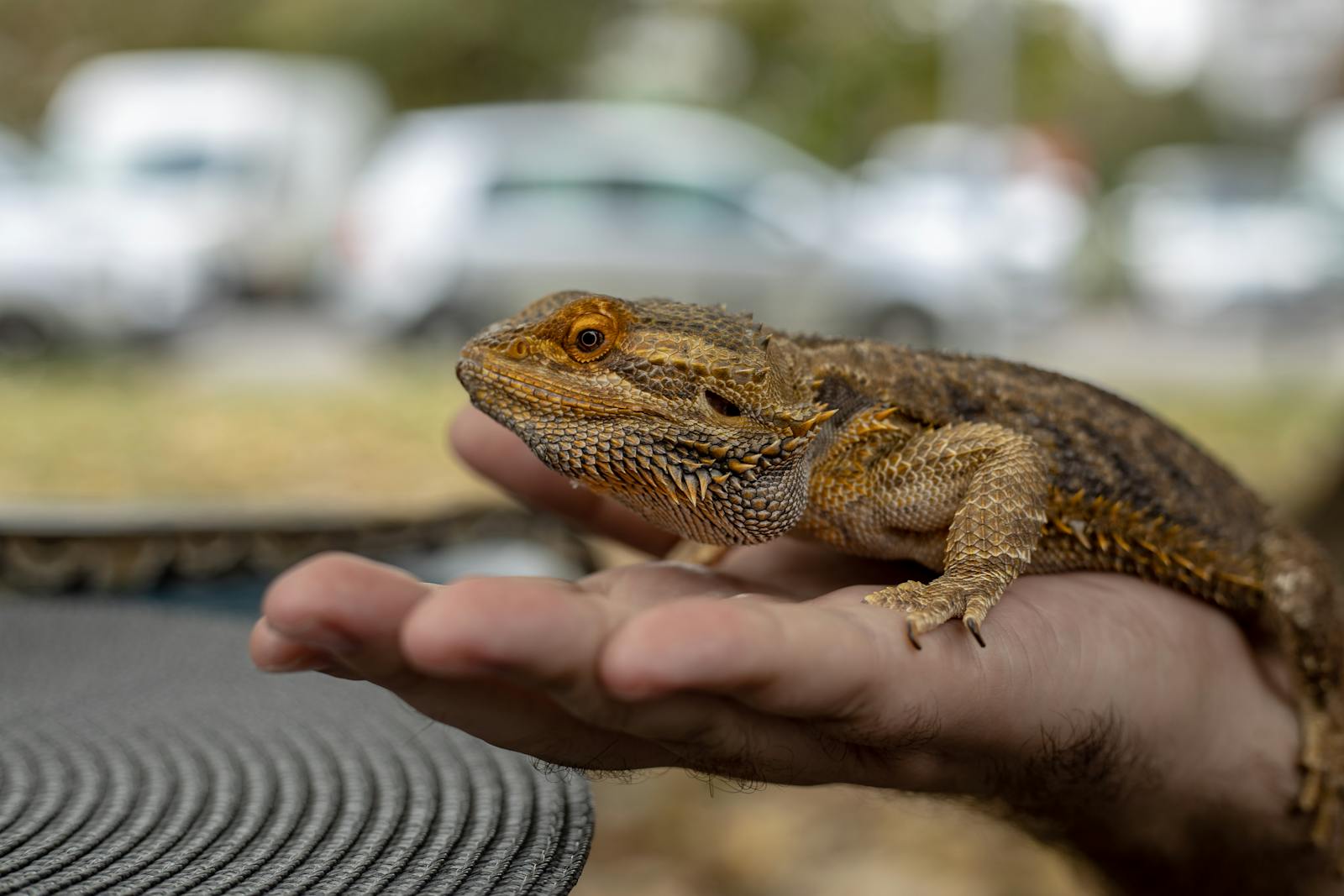
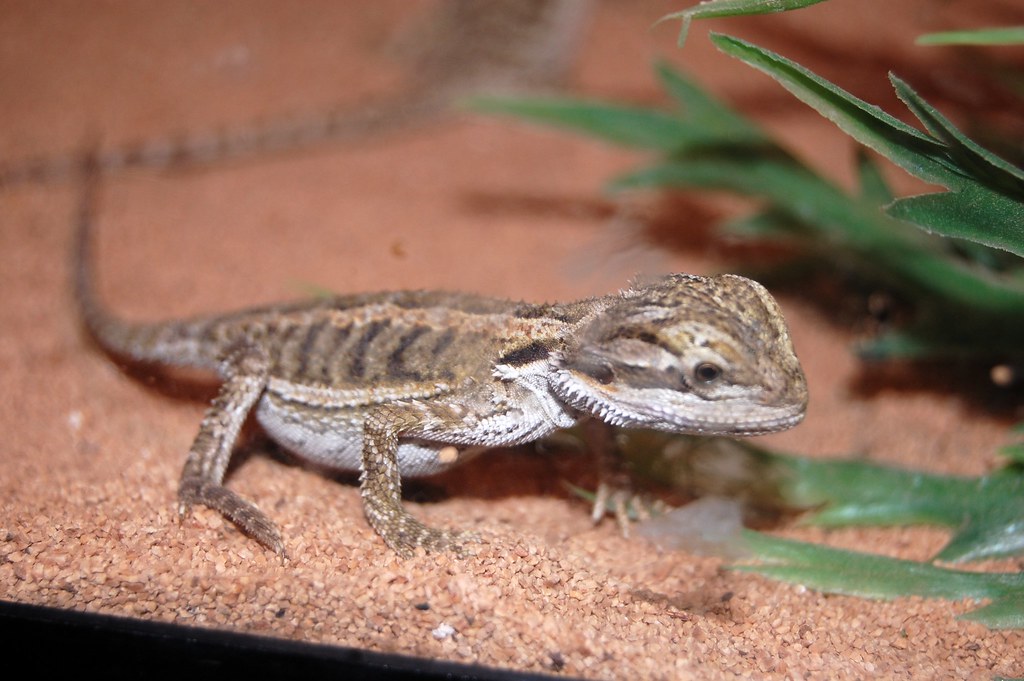
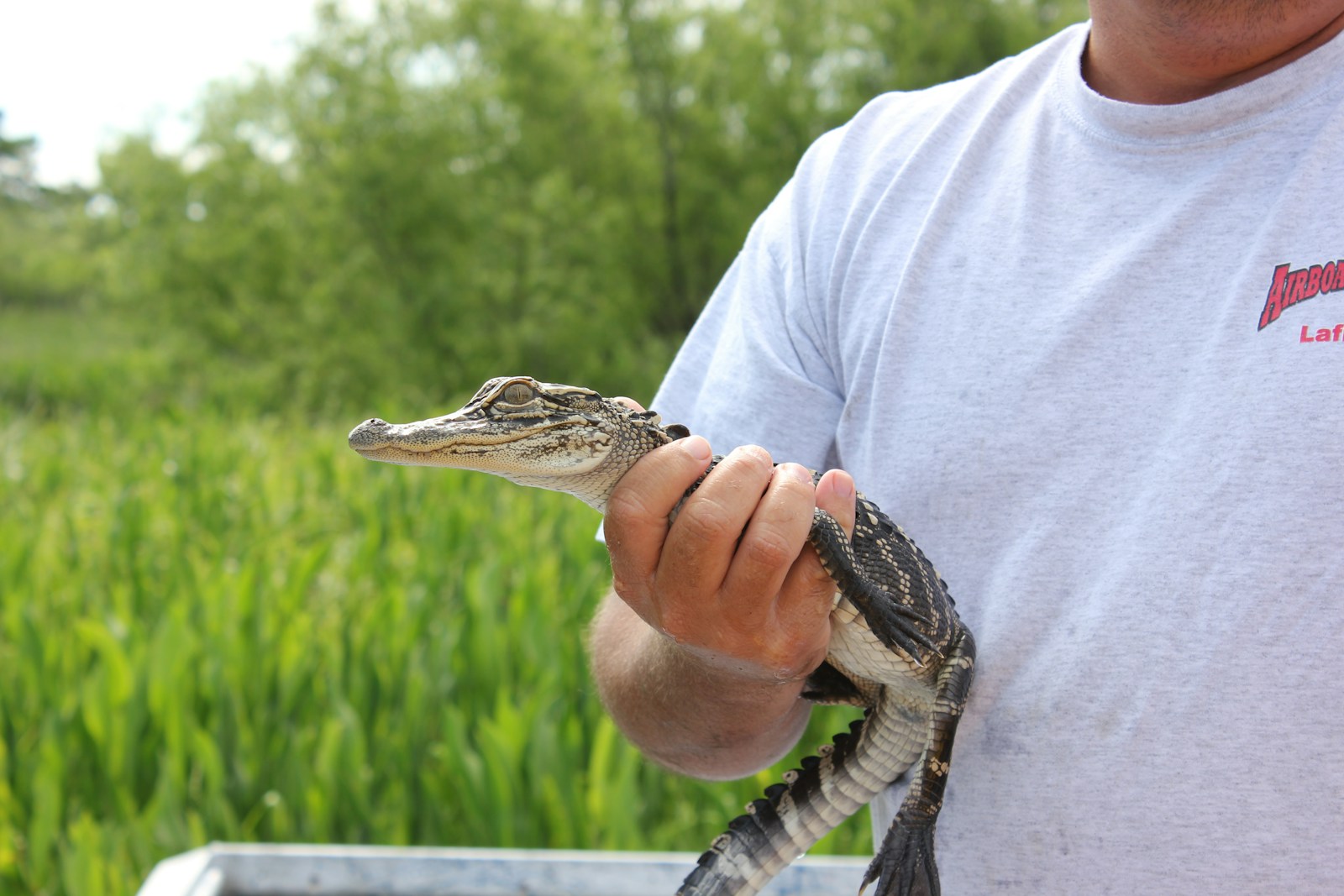

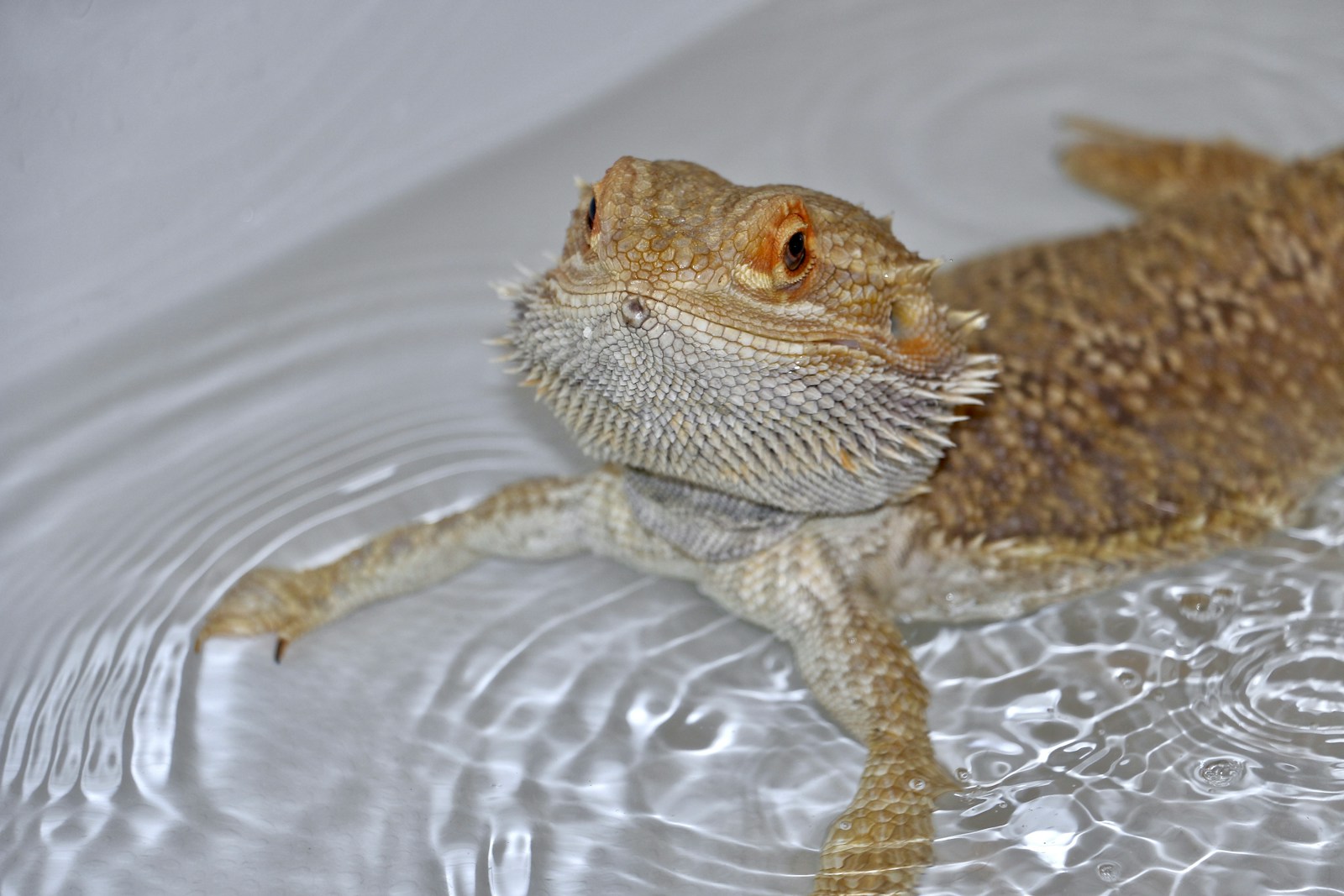
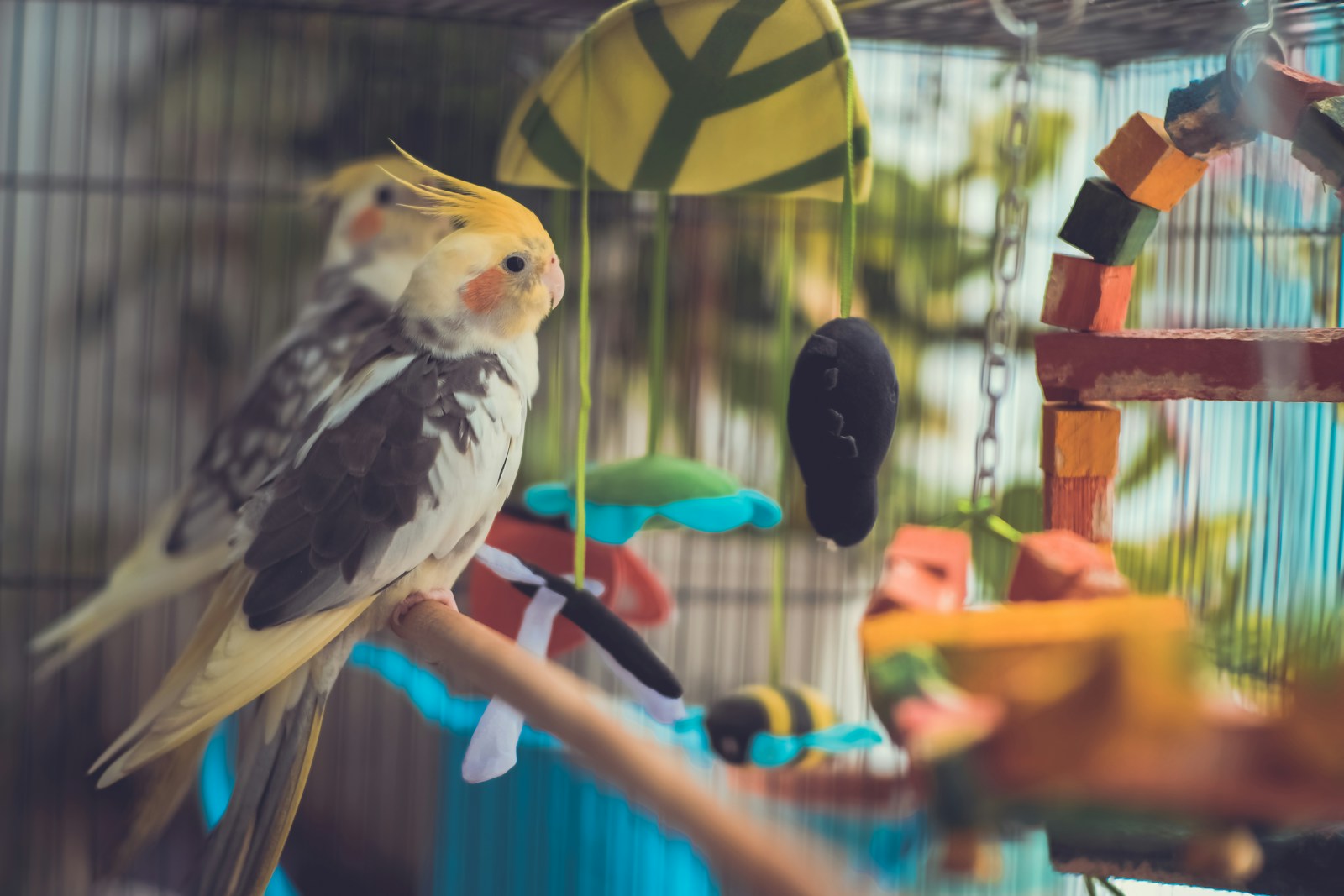
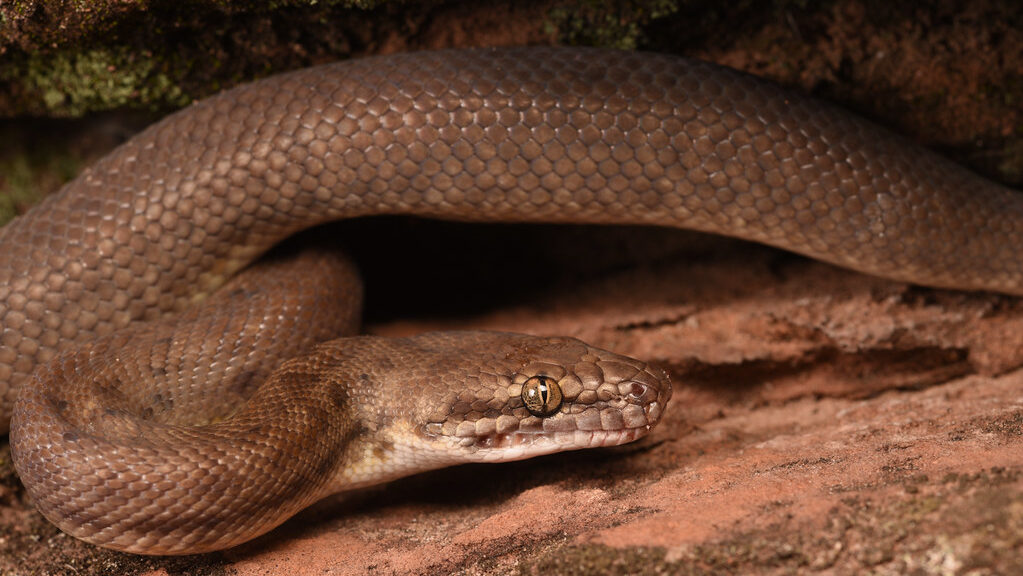
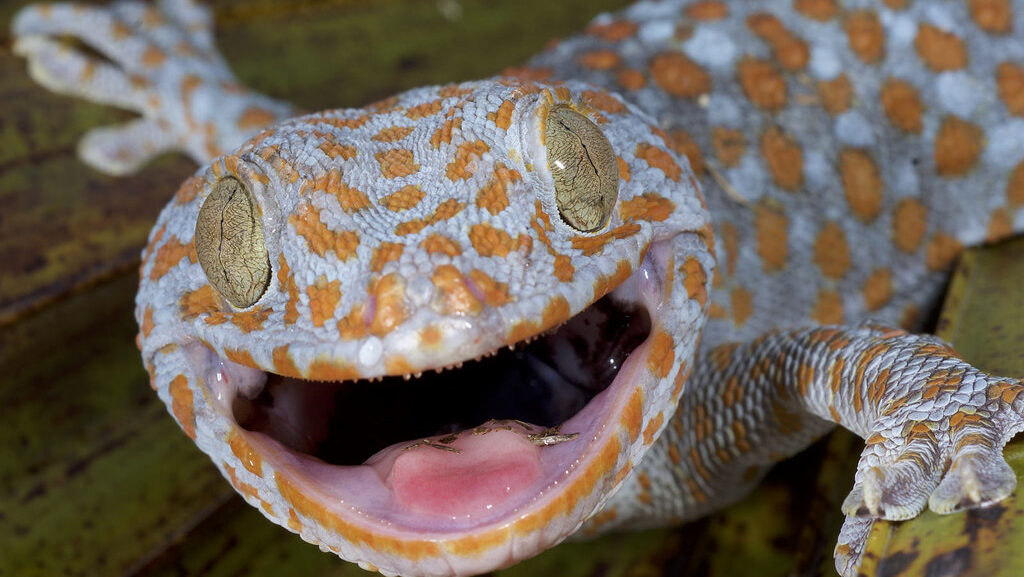
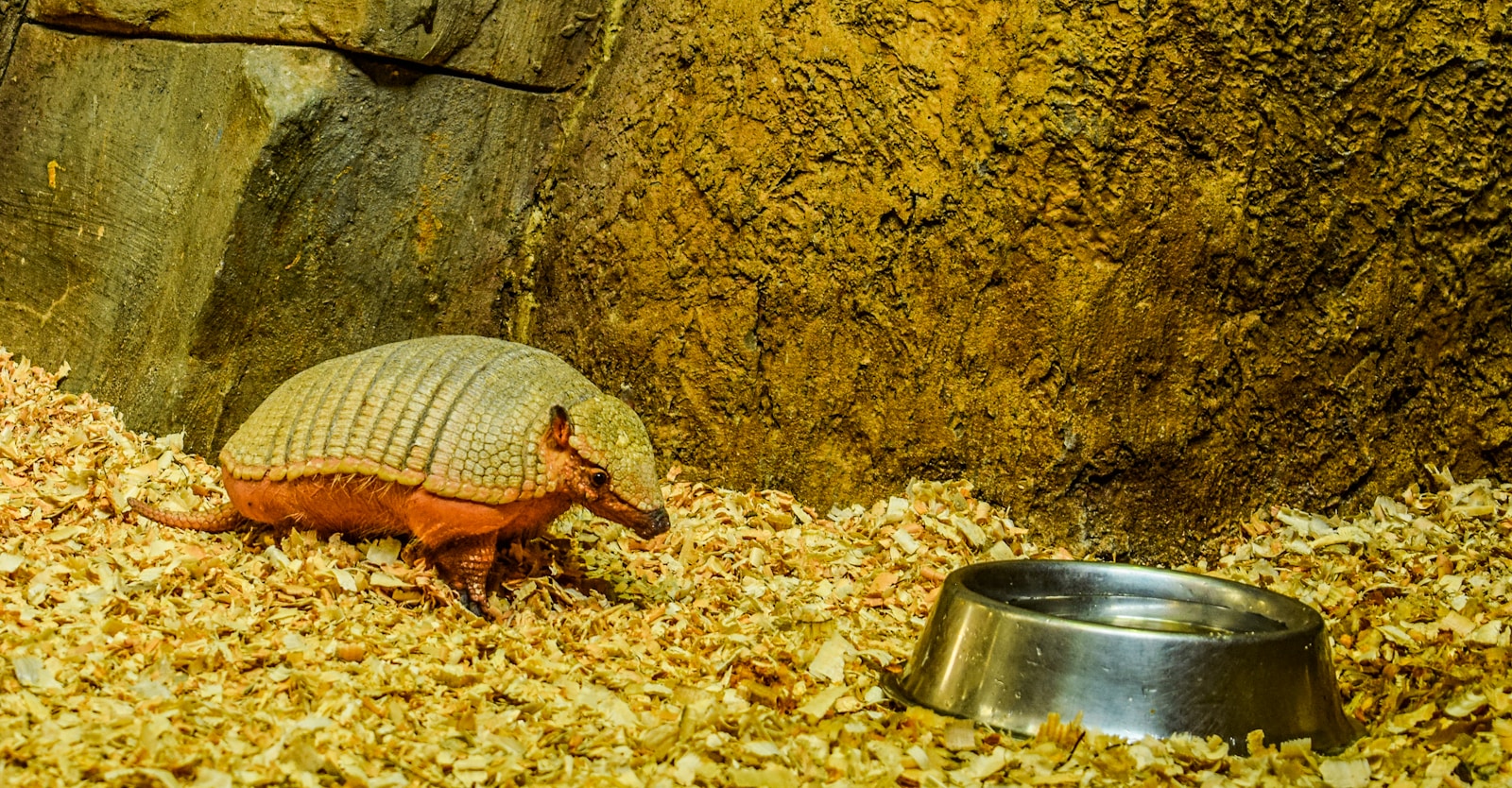
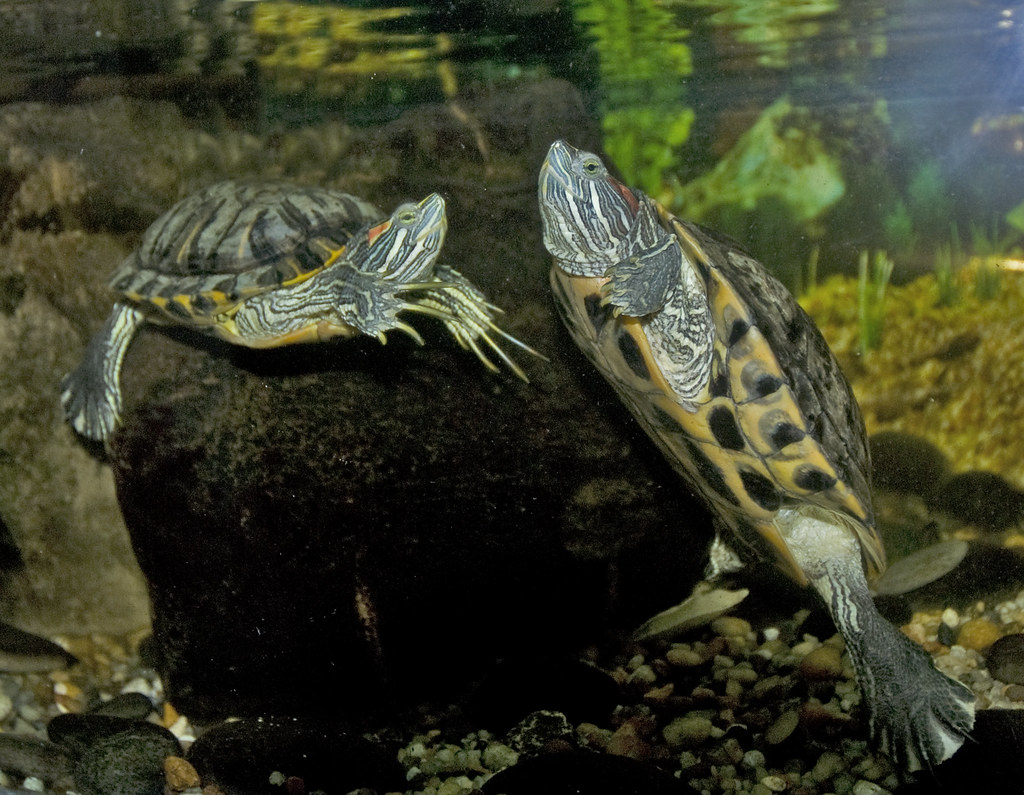




Leave a Reply